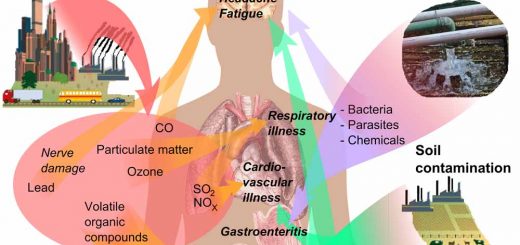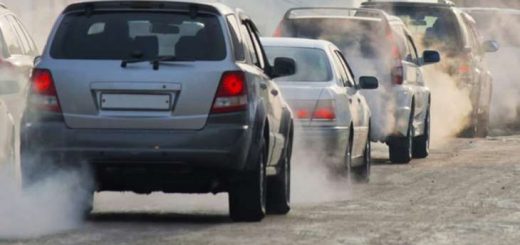Air quality index uses, importance and ways to estimate air pollutant levels
Air quality is measured to identify the key pollutants and track their level daily, The data can be used for alerting the population of the area about any potential health hazard, Air quality index is used to identify the key pollutants that affect the growth of plants in the area and it is used to identify ways to reduce air pollution.
Air quality index
The air quality index (AQI) is the number used by government agencies to communicate to the public how polluted air currently is or how polluted, When the AQI increases, an increasingly large percentage of the population is likely to experience increasingly severe adverse health effects.
The environment offers a wealth of benefits to health and well-being, with clean air being particularly important to a population’s general health, The clean natural environment plays an important role in reducing the burden of chronic diseases.
When we measure air quality, we measure the concentration of specific air pollutants that may be in the air and compare those measurements to standards set specifically for those air pollutants, The amount of pollution in the air is measured by its concentration in the air.
Air quality data are useful for assessing public health impacts caused by poor air quality, Determining whether an area is meeting the standards, Evaluating changes in air quality as a result of state implementation plans, Different countries have their air quality indices, such as the Air Quality Health Index in Canada, the Air Pollution Index in Malaysia, and the Pollutant Standards Index in Singapore.
Ways to estimate air pollutant levels
Scientists have different strategies for calculating air pollution measures, These strategies include Reporting of direct measurements from monitoring stations, Reporting sources, such as the locations of industrial facilities or traffic levels on roadways, Models that may consider either or both of the above types of data along with considerations of weather, topography, and dissipation patterns.
These methods commonly use known values at nearby locations to estimate pollution levels for locations without data, There is another way of measuring air pollution by looking at the amount which is emitted into the air from mobile sources (e.g. cars, trucks), stationary sources (e.g. industrial facilities), area sources (e.g. fireplaces, road dust), and natural sources (e.g. wildfires, windblown dust).
There are many benefits of using ambient data collected through the Environmental Protection Agency (EPA), state, and local monitoring networks, These measurements of pollution concentrations are the best characterization of the concentration of a given pollutant at a given time & location, The data are supported by a comprehensive quality assurance program, ensuring good data of known quality.
Several measures can be used to examine air quality, one can examine maximum levels of the pollutant in a given period, Averages of pollutant concentrations in a given period, and Number of days the pollutant exceeds a standard in a given time.
The AQI Computation requires an air pollutant concentration over a specified averaging period, obtained from the air monitor or model, The concentration & time represent the dose of the air pollutant, and Health effects corresponding to a given dose are established by epidemiological research.
The air pollutants vary in potency, and the function used to convert from the air pollutant concentration to AQI varies by the pollutant, Its air quality index values are grouped into ranges, Each range is assigned the descriptor, the color code, and the standardized public health advisory.
AQI increases due to an increase in air emissions (for example, during rush hour traffic or when there is an upwind forest fire) or from a lack of dilution of the air pollutants, Stagnant air, caused by the anticyclone, temperature inversion, or low wind speeds lets the air pollution remain in the local area, leading to high concentrations of pollutants, chemical reactions between the air contaminants and hazy conditions.
If the AQI increases due to fine particle pollution, public health organizations should advise sensitive groups, such as the elderly, children, and those with respiratory or cardiovascular problems to avoid outdoor exertion, declare an “action day” to encourage voluntary measures to reduce the air emissions, such as using public transportation, They recommend the use of masks to keep fine particles from entering the lungs.
During periods of very poor air quality, such as the air pollution episode, when the AQI indicates that acute exposure may cause significant harm to public health, agencies may order major emitters (such as coal-burning industries) to curtail emissions until the hazardous conditions abate.
Air Quality is determined by both natural processes such as a dust storm or forest fire and by human activities, Unhealthy air is created when air pollutants like CFCs are found in too high quantities and pose a threat to human health and the environment.



